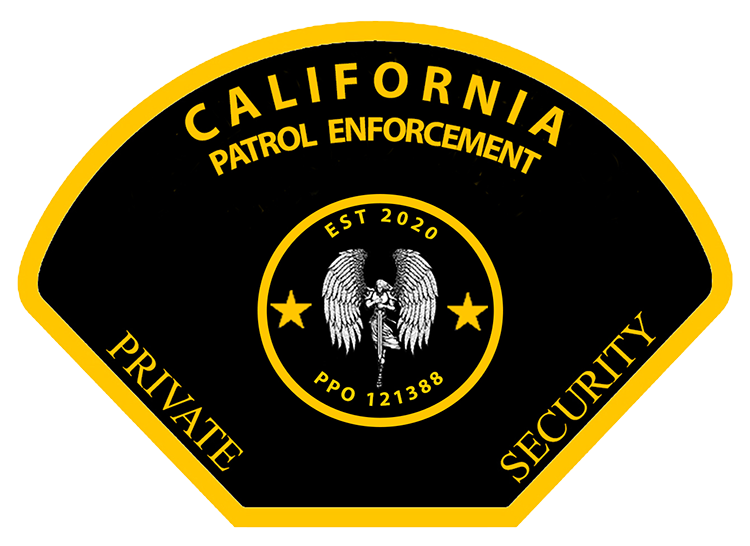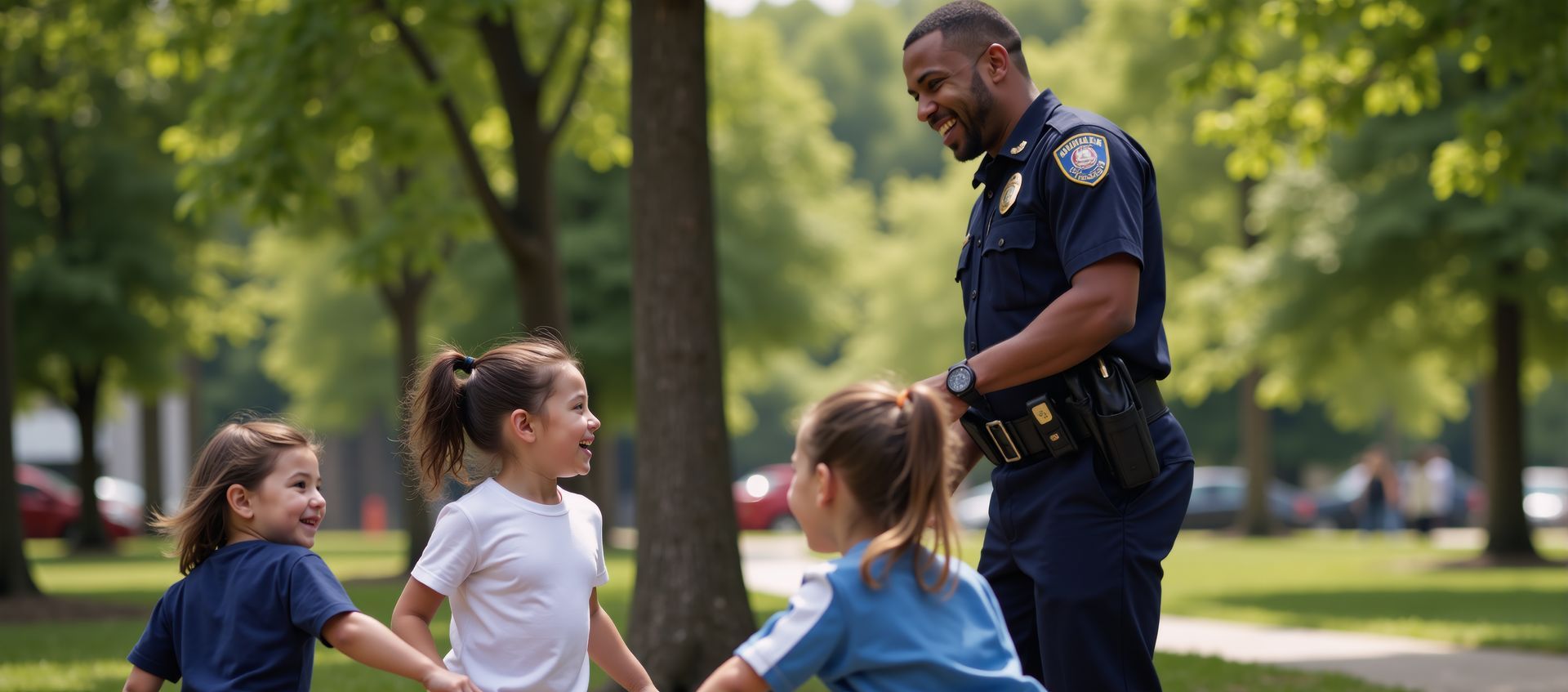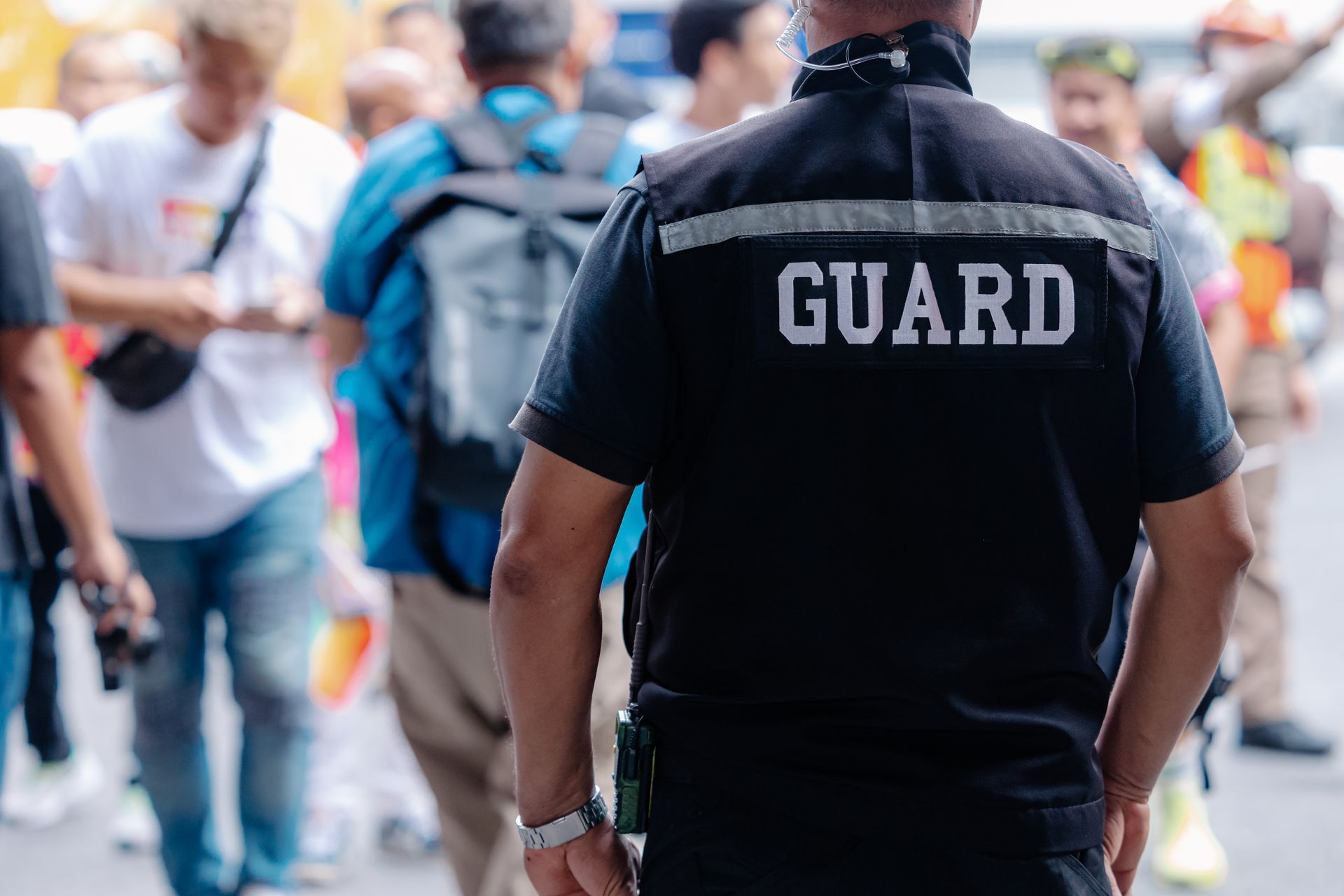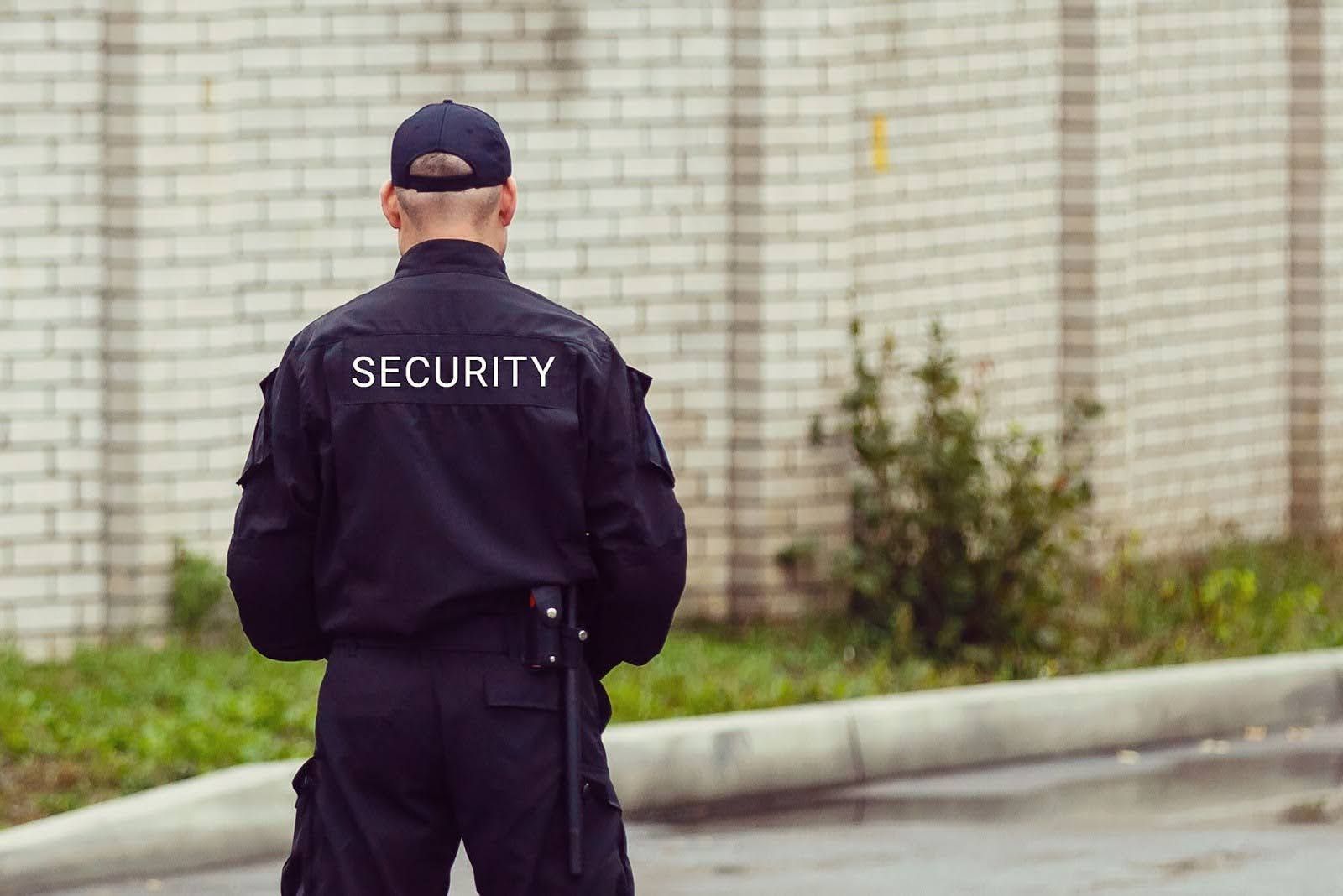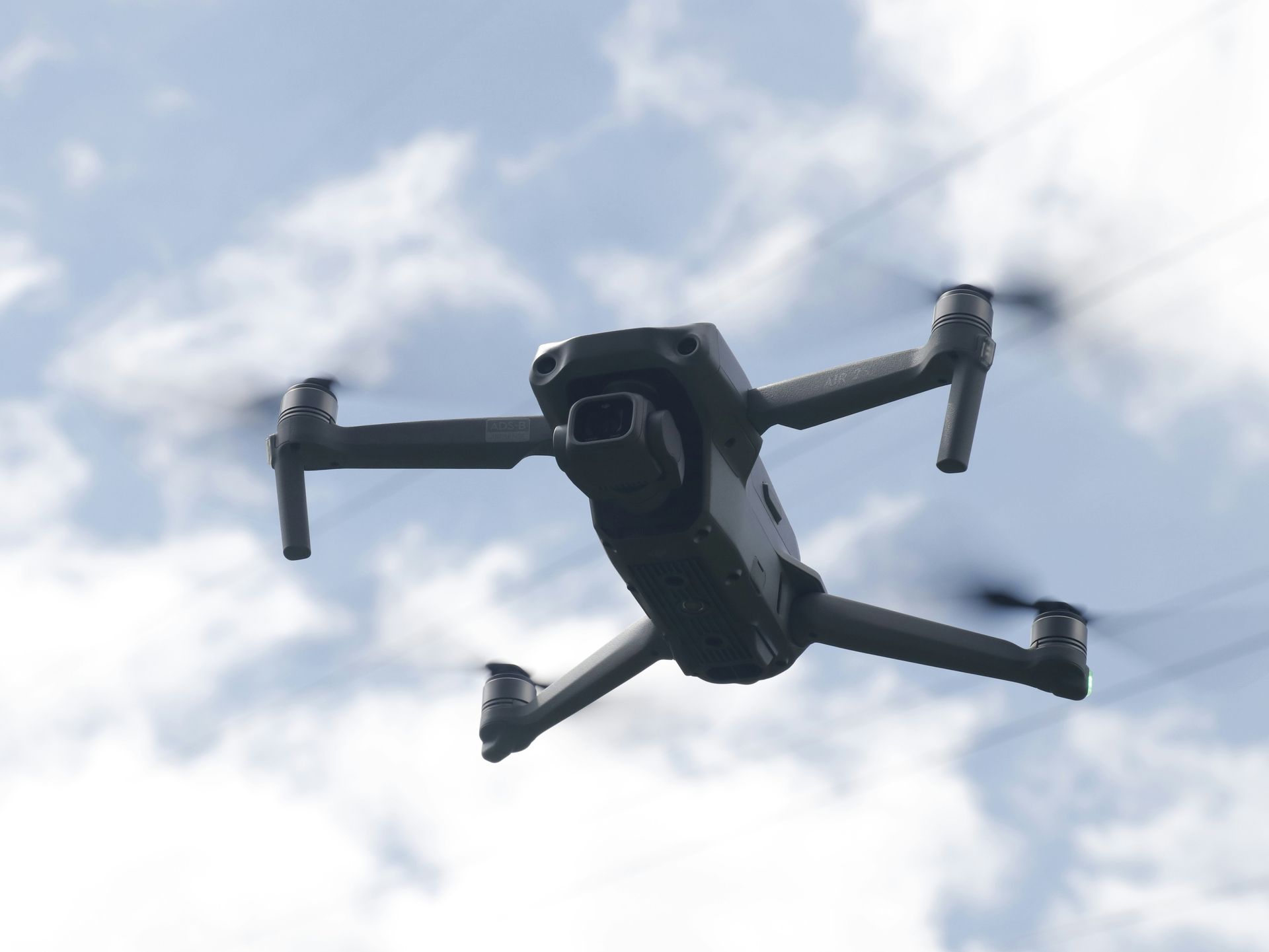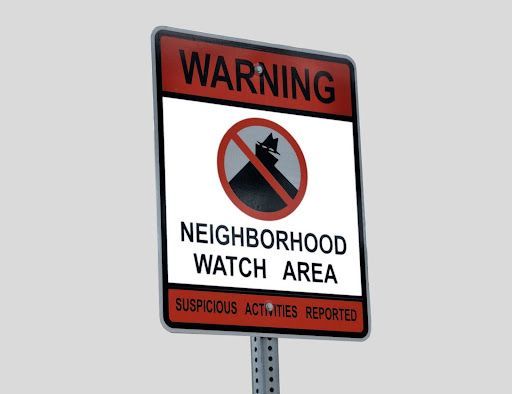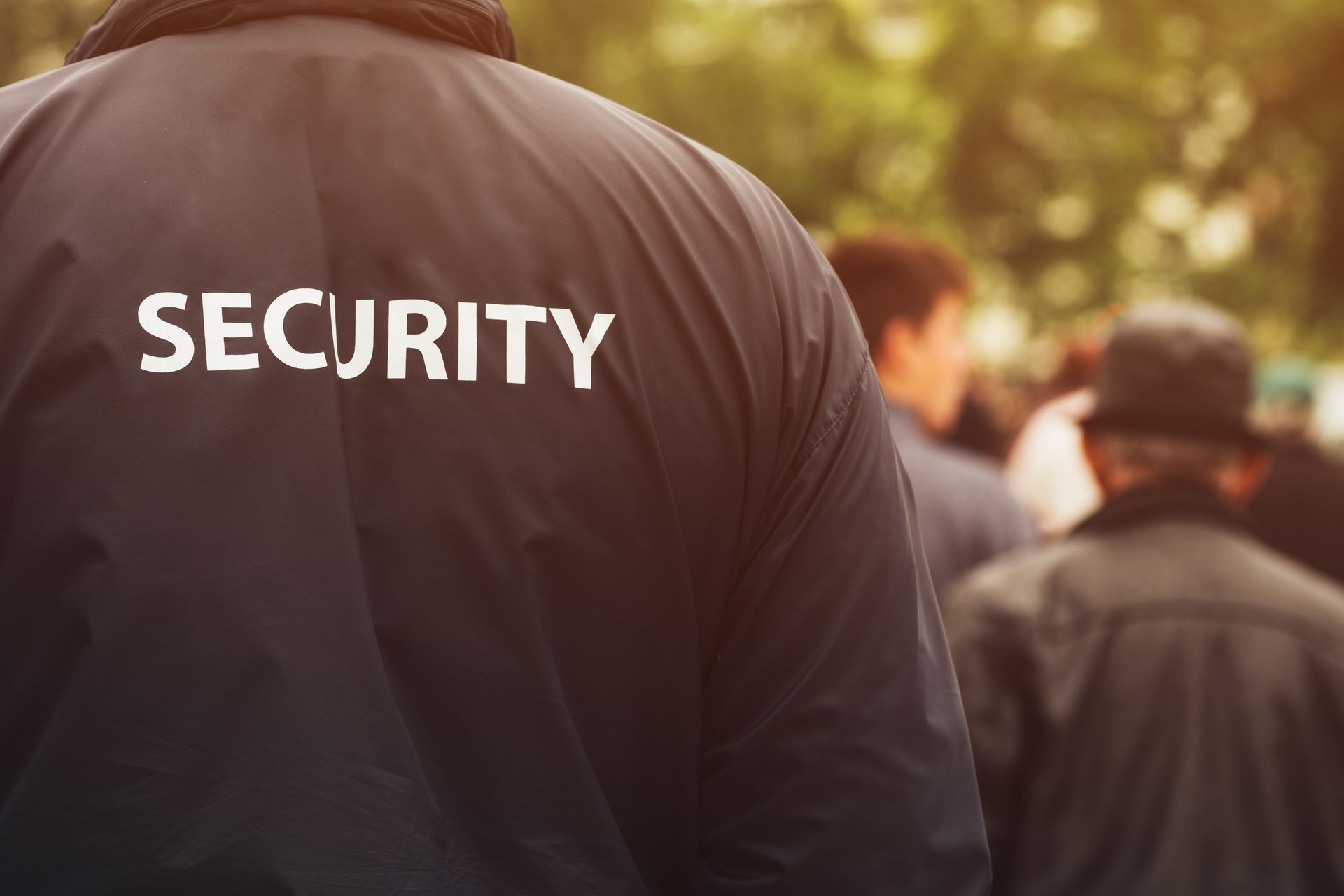Event Security Planning Checklist
Hosting a gathering—whether large or small—calls for careful consideration of every detail, especially when it comes to safety. Relying solely on basic measures can leave your event vulnerable to logistical nightmares and preventable risks. At California Patrol Enforcement, we emphasize proactive strategies that safeguard both guests and staff, allowing everyone to focus on enjoying the event. Below is a comprehensive checklist tailored to help event planners preserve peace of mind.
Understand the Scope and Potential Risks
Before finalizing a venue or sending out invitations, it is imperative to assess the type and scope of your event. Will it be open to the public, or is it invite-only? Is it a family-friendly gathering, or does it cater to a specialized industry audience? Each of these factors influences the nature of potential risks.
- Identify event size: Estimate attendee numbers by looking at RSVPs, sales data, or previous events in a similar category. An accurate headcount guides everything from venue selection to parking capacity.
- Evaluate venue layout: Examine the location’s entrances, exits, and pinch points (like corridors or narrow walkways). If you anticipate high foot traffic, mitigate overcrowding by planning alternative pathways or additional access points.
- Acknowledge unique concerns: Certain events like concerts or product launches might attract larger crowds or require specialized security. Many event organizers incorporate crowd management strategies as an essential part of their security plan.
Prioritizing a thorough understanding of your event scope and audience is the foundation for everything that follows. Comprehensive risk assessment early on enhances both safety and attendee satisfaction, as you can tailor preparations to match actual needs rather than assumptions.
Coordinate with Vendors and Service Providers
An event’s success often hinges on coordination between multiple service providers. Catering teams, audiovisual specialists, decorators, and parking attendants—each group plays a role in maintaining a secure environment. Miscommunication can easily lead to logistical gaps, so establish a communication chain among all involved parties.
It is vital to make your security policies and emergency protocols clear to your vendors. While details about internal security measures remain private, ensure that vendors understand the basic procedures—such as how to handle suspicious behavior, cooperate with security personnel, and keep sensitive areas off-limits.
Deploy Qualified Security Personnel
Investing in professional security is non-negotiable when ensuring visitor protection, venue safeguards, and regulatory compliance. Qualified personnel do more than maintain order; they anticipate potential conflicts and use de-escalation techniques to address issues before they escalate.
- Select a reputable firm: Seek experienced providers with a proven track record, like California Patrol Enforcement. Reflect on the nature of your gathering to determine the appropriate level of security presence, be it uniformed guards, undercover professionals, or a specialized team for high-profile events.
- Brief personnel on event specifics: While you should avoid revealing client-specific security details, general context—such as event flow, high-traffic areas, and timing—helps guards coordinate effectively. The more they know about the layout and schedule, the better they can handle incidents discreetly and swiftly.
- Implement proactive policies: Encourage guards to conduct routine patrols of the premises and set up stations at strategic points such as entry gates and fire exits. Their visible presence alone can significantly deter theft, trespassing, or disorderly conduct.
A well-trained security team adds a layer of stability to any function, allowing attendees to focus on enjoying the event while offering organizers peace of mind.
Establish Clear Communication Channels
Whether you are dealing with an intimate corporate retreat or a large-scale music festival, efficient communication forms the backbone of event safety. Event planners, security guards, and service providers should have reliable ways to stay in touch—especially in dynamic or emergency scenarios.
- Consider two-way radios: Instant communication devices reduce the risk of lag caused by poor cell coverage, a common issue at outdoor or crowded venues.
- Set up a command center: Have a centralized station where key personnel can relay updates or coordinate responses. This station can be as simple as a designated table with a few necessary devices, but it should be easy to access and recognized by all staff.
- Public announcements: If an unexpected situation arises, ensure you have a method to communicate with attendees promptly. This might be via a PA system, digital displays, or text-based alerts.
Proper communication structures help thwart confusion and allow your team to tackle unforeseen developments quickly, making it an integral part of your security blueprint.
Devise an Emergency Plan
While preventive measures can significantly diminish risks, you should still prepare for unexpected issues. An emergency plan might encompass everything from severe weather contingencies to medical crises. Solidifying these steps before the event allows your team to respond quickly and calmly if trouble arises.
- First-aid readiness: Ensure you have adequate first-aid stations or personnel on-site. Familiarize yourself with local regulations regarding medical staff requirements or equipment rentals, especially for large or public events.
- Evacuation routes: Dedicate time to evaluate safe exits and, if necessary, create alternative pathways to accommodate potential surges in foot traffic. Providing your security team and event staff with a labeled map reinforces the importance of clear routes.
- Formalize communication strategies: Decide in advance how you will notify attendees or shift the schedule if an unforeseen event occurs. Practicing a mock drill with staff can also remove uncertainty and minimize panic in real situations.
An actionable emergency plan is the capstone of any security effort, reassuring stakeholders that their well-being matters.
For more insights or assistance with your next event, visit California Patrol Enforcement. We offer a range of solutions designed to keep your gathering both welcoming and well-protected. By adhering to these principles, you will not only succeed in creating a positive guest experience—you will also uphold the peace of mind that comes from knowing your event rests on solid security preparations.
